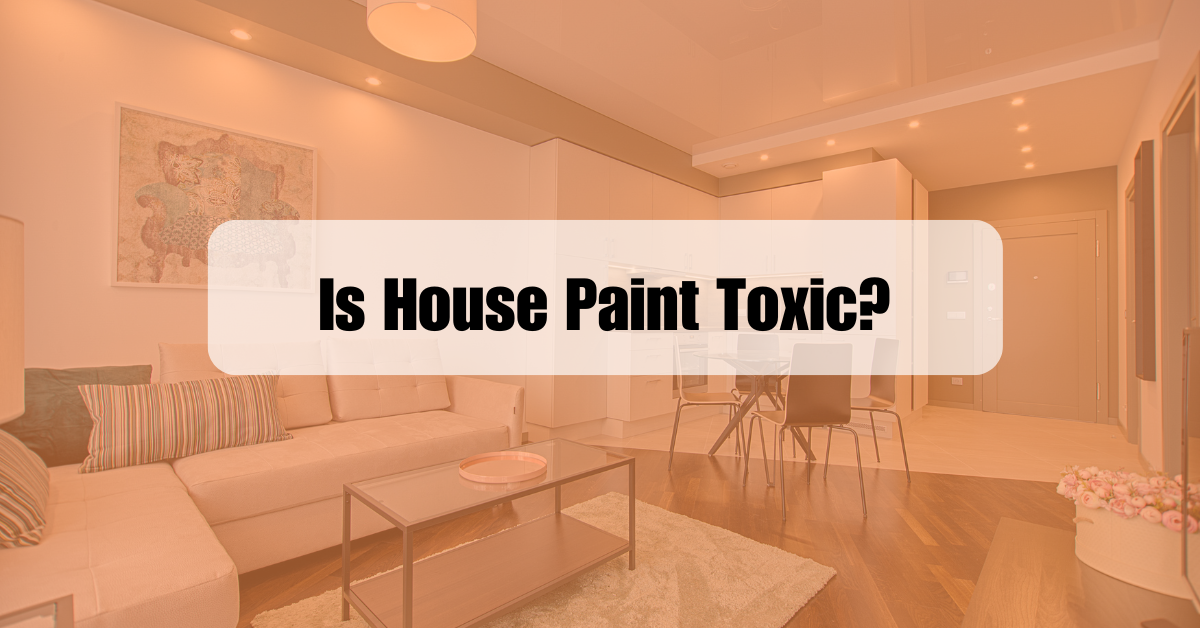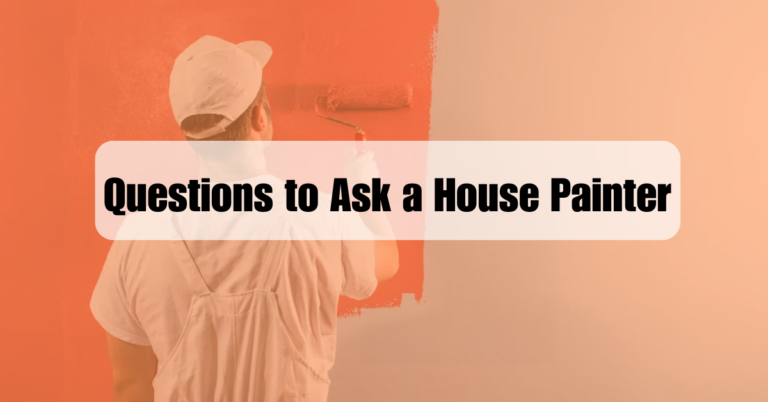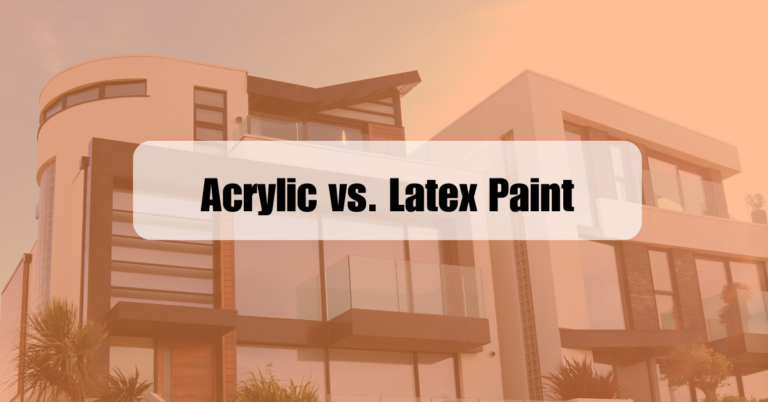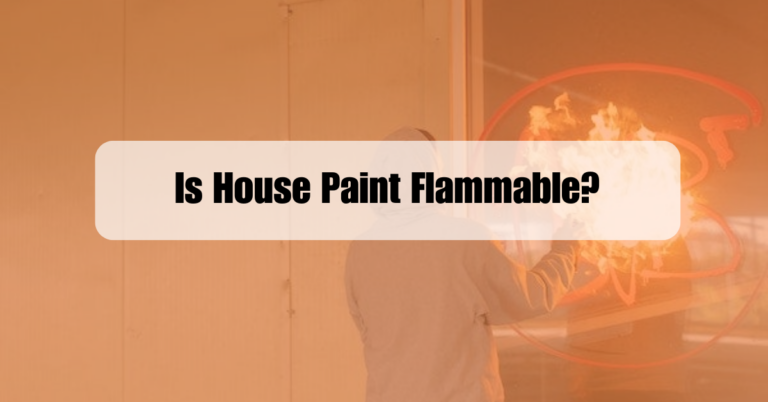Is House Paint Toxic? Know The Fact
No, modern house paint is generally not toxic when used properly. The major concerns about paint toxicity stemmed from older formulations that included harmful substances like lead. lead-based paints have been banned for residential use in many countries for decades. Today’s paints are formulated with safety in mind, with many options available that are low in Volatile Organic Compounds (VOCs) or even free from them altogether.
House paint often gets a bad rap for being hazardous, but how valid are these concerns? While the perception of house paint being toxic isn’t without merit, the reality is quite different today. Historically, paint did contain harmful substances, but modern formulas have improved significantly. This blog will explore the evolution of paint, current ingredient safety, and best practices to ensure a healthy home environment.
History of Paint and Toxicity
Paint has a rich history that dates back thousands of years. Early paint recipes included natural substances such as minerals, plants, and animal products. However, the introduction of synthetic compounds revolutionized paint in the 20th century.
One of the major concerns with older paint was lead. Lead-based paint was widely used because it was durable and had a pleasing finish. Unfortunately, lead is a potent toxin that can cause severe health issues, especially in children. Lead poisoning from deteriorating paint was a significant problem, leading to neurological damage and developmental delays.
In response to these dangers, regulations were introduced in the late 1970s to phase out lead from residential paints. Today, lead-based paints are banned for residential use in many countries, significantly reducing the risk of lead poisoning.
👉Also read: Acrylic vs. Latex Paint
Modern Paint Ingredients
Today’s paints have come a long way from their hazardous predecessors. They generally consist of several key components:
- Pigments: Provide color and opacity.
- Binders: Help the paint adhere to surfaces.
- Solvents: Control the paint’s consistency and application.
- Additives: Enhance performance and stability.
One major concern in modern paints is Volatile Organic Compounds (VOCs). VOCs are chemicals that evaporate into the air as the paint dries. High levels of VOCs can contribute to indoor air pollution and have been linked to respiratory problems and other health issues.
To address these concerns, low-VOC and zero-VOC paints have become increasingly available. These paints release fewer harmful chemicals into the air, making them a safer choice for both the environment and human health. Other additives are also carefully monitored for safety, with rigorous standards in place to limit potential risks.
Paint Safety Tips
When using house paint, adhering to safety guidelines is crucial:
- Ventilation: Ensure proper airflow during and after application to help disperse fumes. Open windows and use fans if possible.
- Protective Gear: Wear masks, gloves, and eye protection to minimize direct exposure to paint.
- Storage and Disposal: Store paint in a cool, dry place and out of reach of children. Dispose of leftover paint according to local regulations to avoid environmental contamination.
- Cleaning Spills: Clean spills immediately with appropriate cleaners and follow safety instructions to handle any residual paint.
👉 Also read: How to Choose the Best Commercial Painting Contractors in Long Island
Health Risks Associated with Paint Exposure
Exposure to paint, particularly while it’s drying, can lead to short-term effects like headaches, dizziness, and respiratory irritation. Long-term exposure, especially to high levels of VOCs, can pose more serious health risks such as chronic respiratory issues and potential organ damage.
Certain groups are more vulnerable to paint exposure, including children, pregnant women, and the elderly. These individuals may have increased sensitivity to paint fumes and should take extra precautions.
Myths and Misconceptions
Several myths surround the toxicity of paint. For example, some people believe that all paints are equally harmful or that low-VOC paints are ineffective. Evidence shows that modern low-VOC and zero-VOC paints perform well and are much safer than their high-VOC counterparts.
Understanding the actual risks and advances in paint technology can help dispel these myths and promote more informed choices.
Conclusion
While older paints pose significant health risks, modern house paints are generally safe when used according to guidelines. Opting for low-VOC or zero-VOC paints can further minimize risks and contribute to a healthier home environment.
Whether you are tackling a DIY project or hiring professionals for house painting Long Island, choosing the right products and following safety practices ensures a beautifully painted home without compromising your well-being.
FAQs
Is It Safe to Be in a Freshly Painted House?
It’s generally safe to be in a freshly painted house if proper ventilation is maintained. Fresh air helps dissipate any lingering fumes, reducing the risk of irritation or discomfort. However, sensitive individuals, such as those with respiratory conditions, should minimize exposure until the paint has fully dried and the smell has dissipated.
Is It Safe to Sleep in a House That Has Been Painted?
It is recommended to avoid sleeping in a freshly painted room for at least 24 hours. Paint fumes can cause headaches, dizziness, and respiratory discomfort. Ensure good ventilation and allow the paint to cure completely. For low-VOC or zero-VOC paints, the risk is reduced, but airing out the room is still advisable.
Is Indoor Paint Safe to Breathe?
Modern indoor paints, especially low-VOC and zero-VOC options, are generally safe to breathe in normal use. However, paint fumes can still cause irritation, particularly during application and drying. It’s best to ensure proper ventilation and use protective gear, such as masks, to minimize inhalation of fumes, especially for sensitive individuals.
Are Paint Fumes a Health Hazard?
Paint fumes can be a health hazard, particularly if they contain high levels of VOCs. Short-term exposure can lead to symptoms like headaches, dizziness, and respiratory irritation. Long-term exposure may cause more severe health issues. Choosing low-VOC paints and ensuring good ventilation can significantly reduce these risks.





